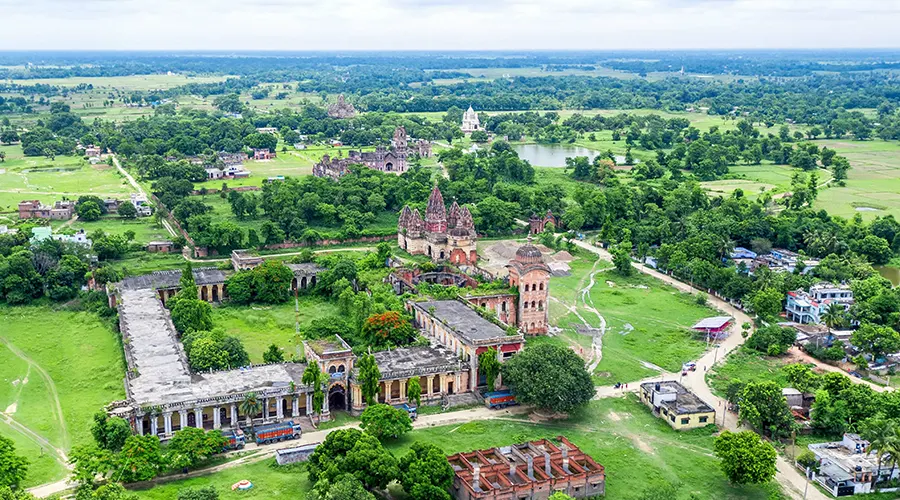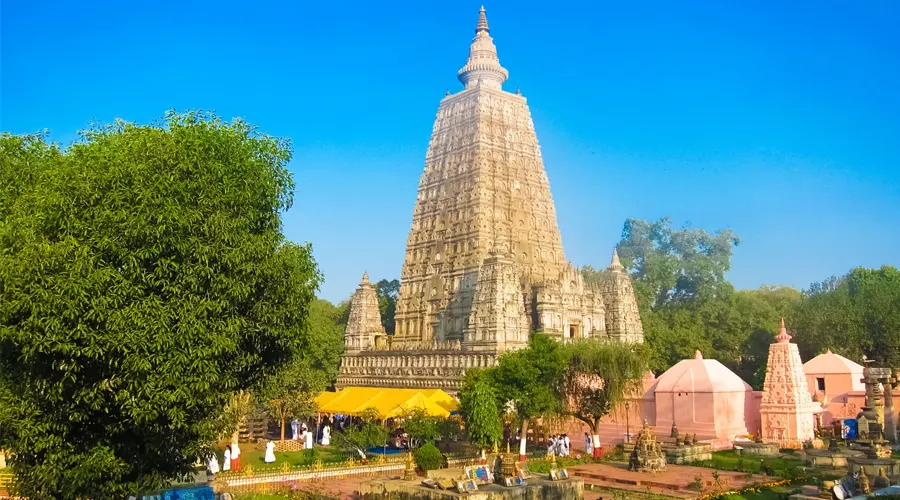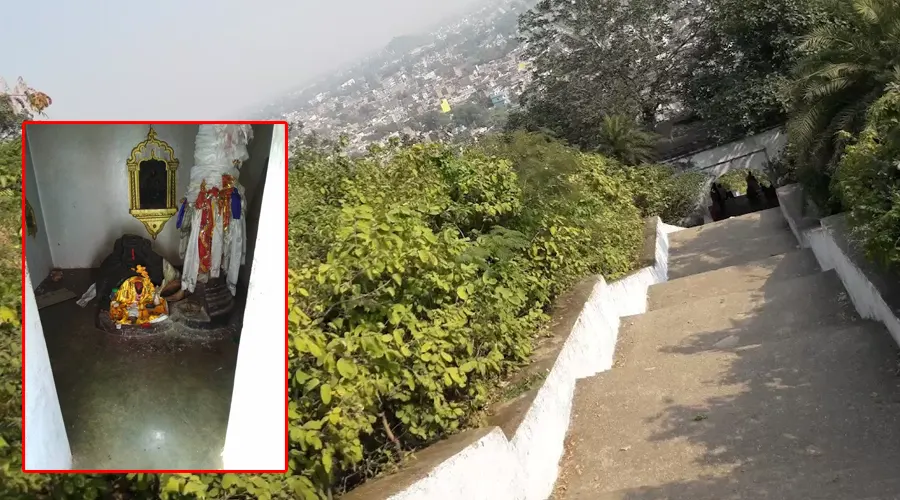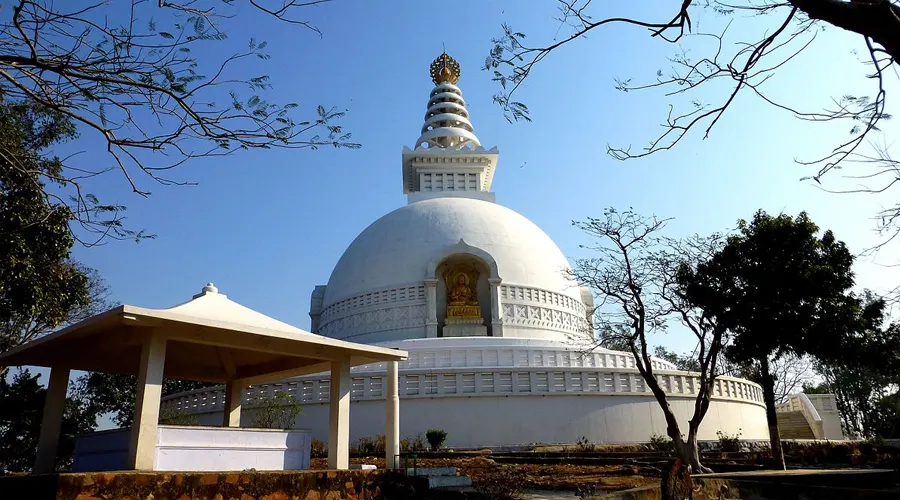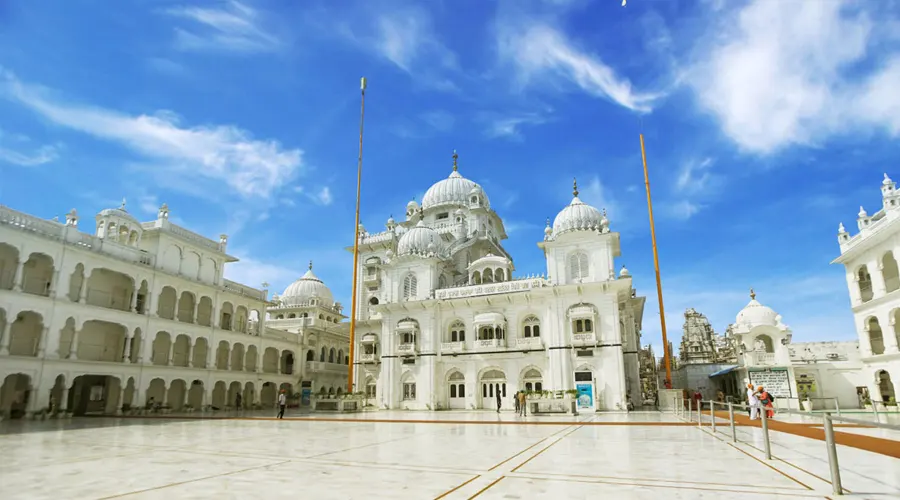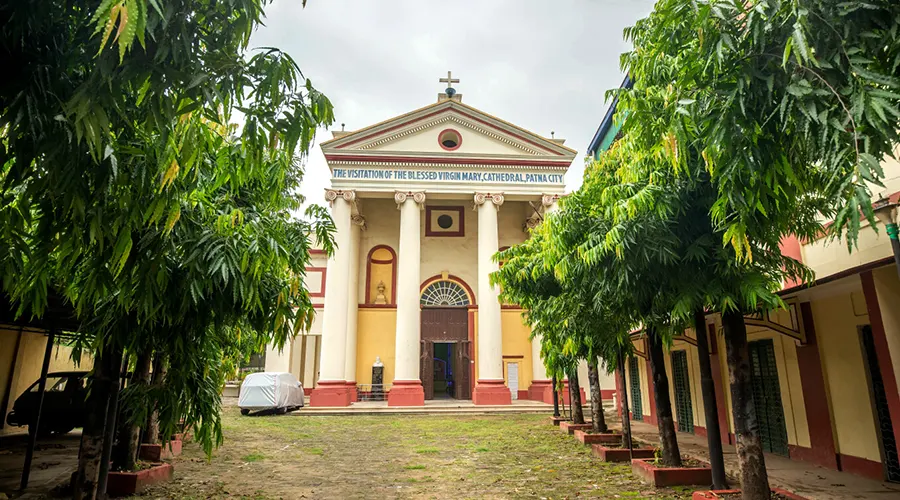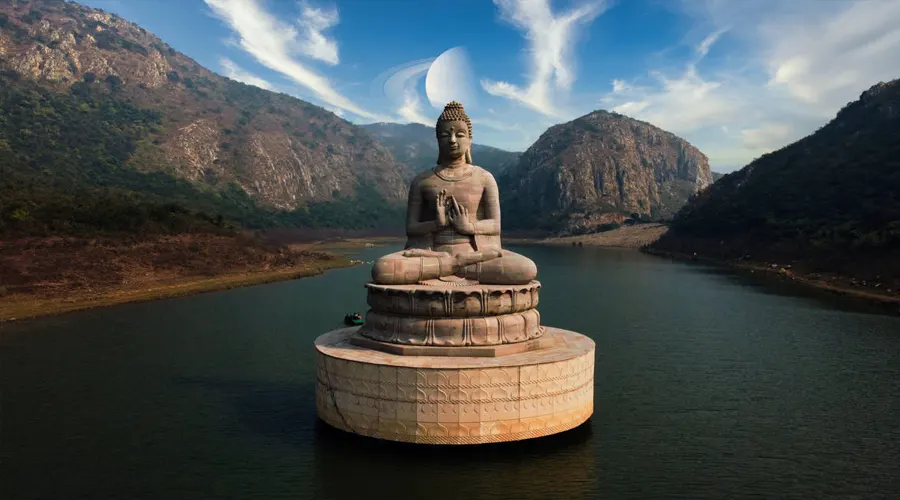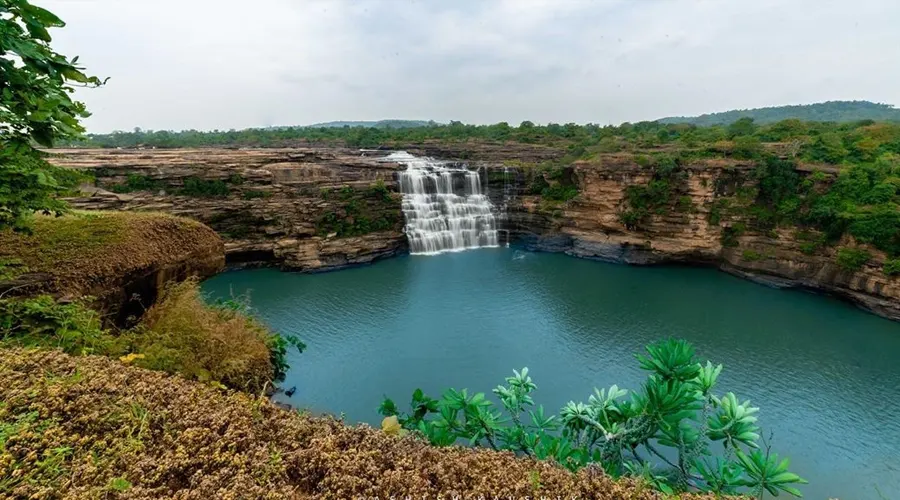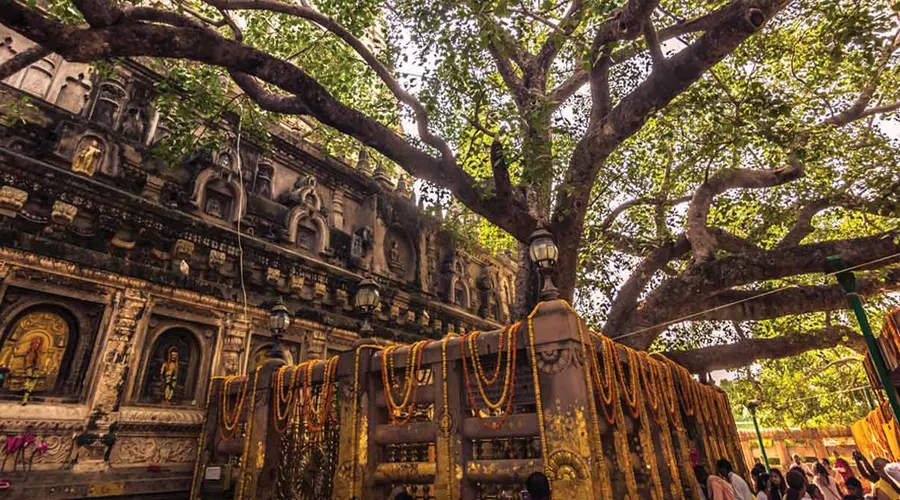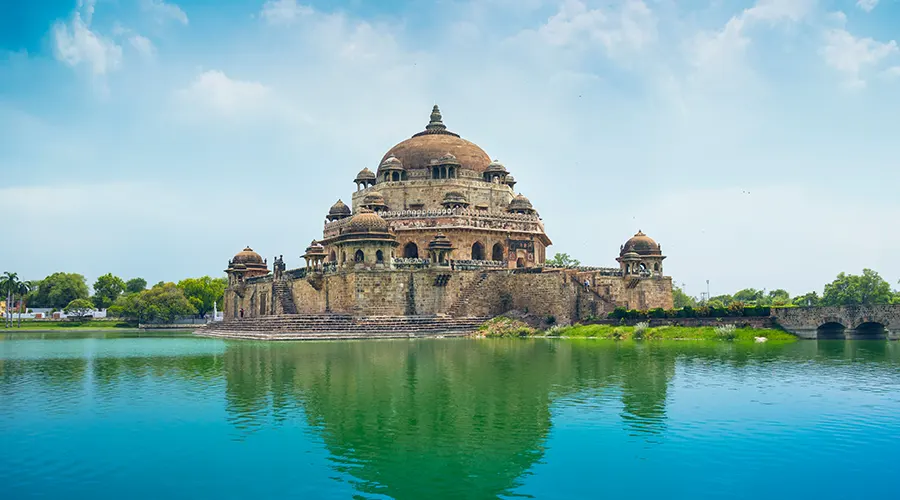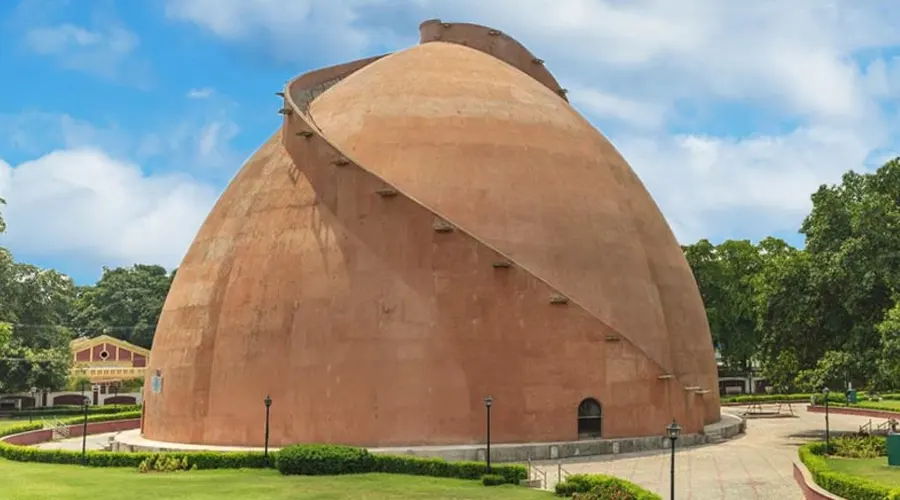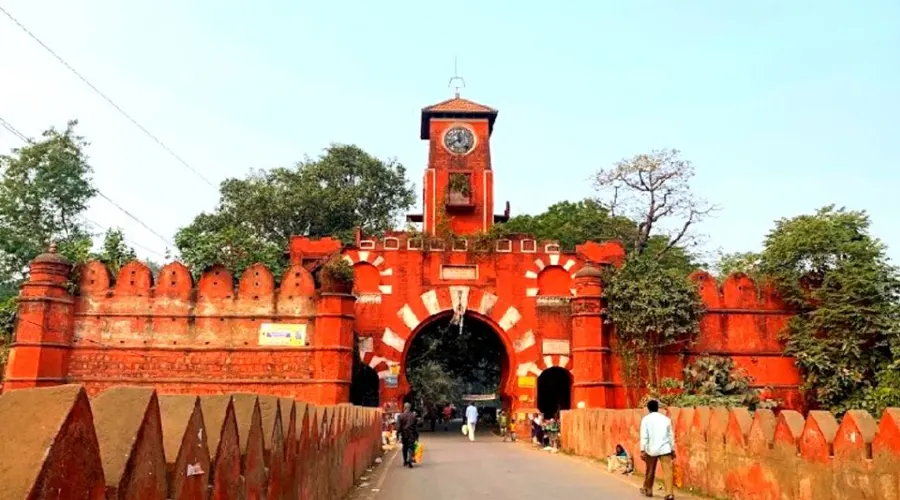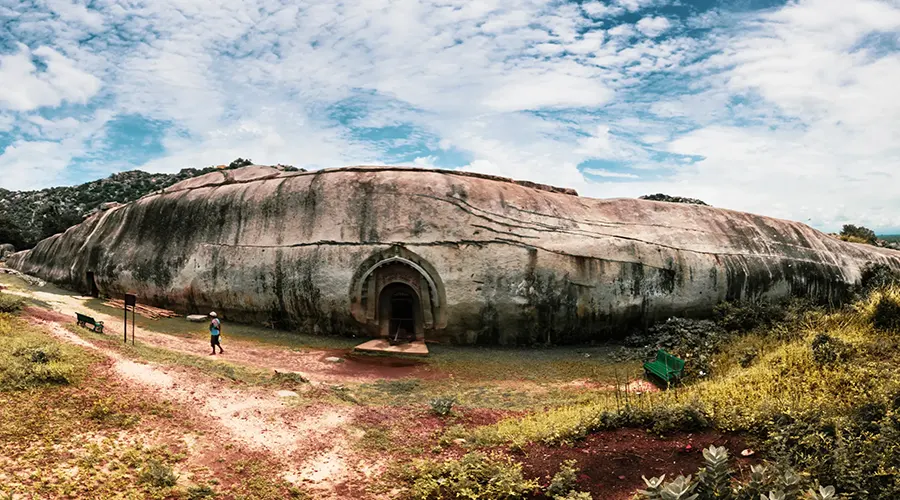Navlakha Palace
Situated in Rajnagar on the eastern bank of River Kamla, near the Madhubani district of Bihar, Navlakha Palace, also known as Rajnagar Palace, is an ancient royal palace which is a popular heritage building in the region. Built by Maharaja Rameshwar Singh, the palace formerly boasted of well paved gardens, tinkering ponds, temple complexes, and the like.
However, it suffered a major loss and extensive damage in 1934 when an earthquake hit it. It has never been repaired and currently lies in ruins. However, even then, it boasts of old world charm and brilliant architecture and still visited by tourists and locals frequently.
History of Navlakha Palace
This 19th-century palace was built by Maharaja Rameshwar Singh, It was a seat of luxury, with fountains, gardens, ponds, and intricate temples. The palace was almost destroyed in 1934 as a result of an earthquake in the region. Despite no further renovations, the palace is an example of ancient Indian architecture.
The palace complex covers an area of over 1,500 acres. It consists of 11 temples dedicated to various Gods and Goddesses worshipped by Maharajas. One of the most distinctive features of the temple are the hand-carved elephants which support 4 magnificent arches. The palace also houses the oldest Mithila painting ever made, which was commissioned in 1919 on the occasion of the marriage ceremony of the Maharaja’s daughter
Architecture of Navlakha Palace
Navlakha Palace has a central tower which is seven storeys. Originally, it had a Durga Bhawan towards the north end of the complex. The bhawan has a glittering pond in the front and a pearly white marble temple dedicated to Goddess Kali to its north. The Durga Bhawan is still in function while the other structures have been dismantled. It is also made in ivory marble and resemble the Taj Mahal.
The portico has four arches resting on cement elephants. There is a functioning family room in the building called the Gausani Ghar which houses the family deity. It is here that you can also find the oldest existing Mithila painting.

